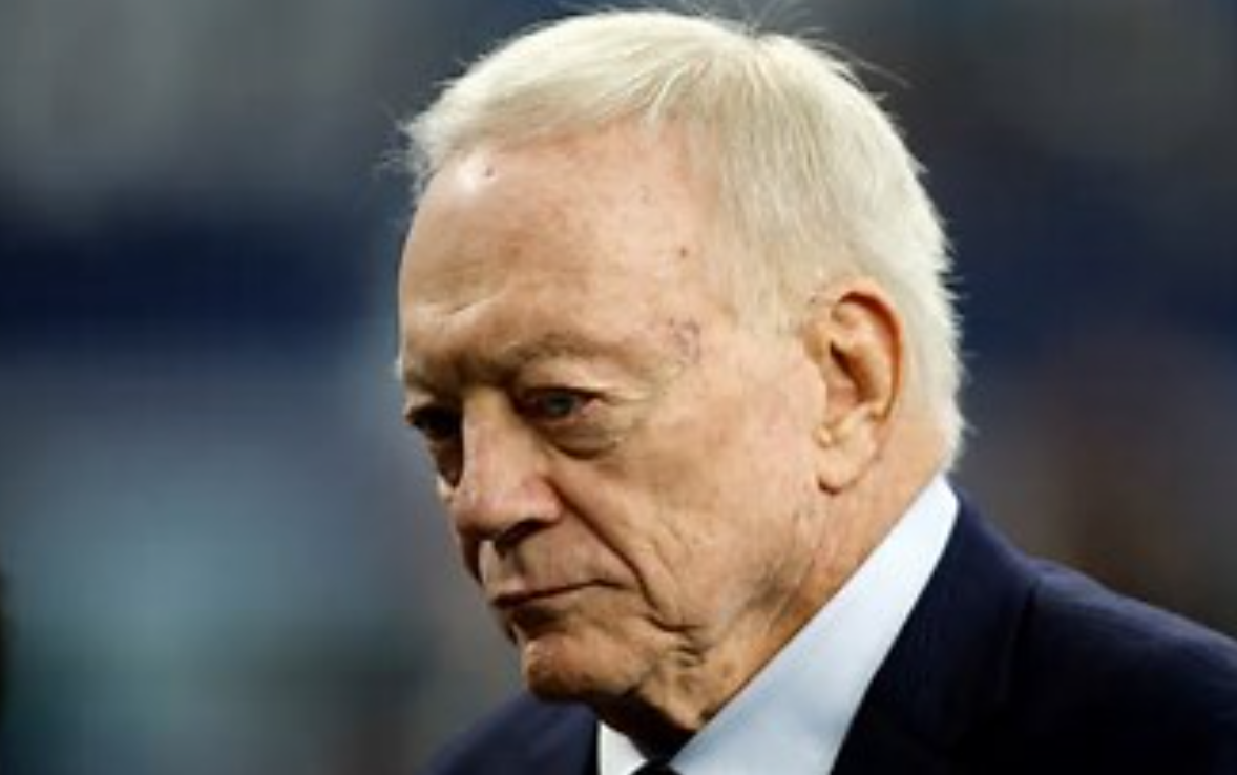Team Dynamics: Evaluating Roster Changes and Their Impact on the 2024 NFL Season

The NFL is a highly competitive and dynamic league, where teams are constantly looking for ways to improve their performance and gain an edge over their opponents. One of the most important factors that influences team success is the chemistry and cohesion among the players, coaches, and staff. This is known as team dynamics, and it can have a significant impact on the outcomes of games and seasons.
Team dynamics are the way teams function amongst themselves under different circumstances. They can affect the team’s confidence, support, resiliency, role establishment, and mental toughness. Team dynamics can also change both within a match and throughout a season, depending on the performance, feedback, communication, and leadership styles of the team members.
One of the major challenges that teams face in the NFL is managing the roster changes that occur every year. These changes can be due to free agency, trades, drafts, injuries, retirements, or suspensions. Roster changes can have both positive and negative effects on the team dynamics, depending on how well the new players fit in with the existing ones, and how the team adapts to the new situation.
Speaking of calculated decisions, it’s important for teams to consider every aspect of their operations, including financial transactions. In today’s digital age, methods like Google Pay have revolutionized the way we handle payments. In the context of the NFL, this could extend to areas like player contracts, ticket sales, or even partnerships with sponsors. For example, Google Pay Casinos Canada could offer a secure and convenient payment option for fans looking to engage with their favorite teams.
How Roster Changes Affect Team Dynamics
Roster changes can affect team dynamics in various ways, depending on the type, timing, and magnitude of the change. Some of the possible effects are:
- Improved performance: Adding new players who have high skills, experience, or potential can improve the team’s performance by increasing the talent level, depth, or diversity of the roster. For example, the Tampa Bay Buccaneers improved their performance significantly in the 2023 season after signing quarterback Tom Brady, who brought his leadership, experience, and winning mentality to the team4.
- Enhanced cohesion: Adding new players who have similar or complementary behavioral styles, values, or goals can enhance the team’s cohesion by increasing the compatibility, trust, or synergy among the team members. For example, the Kansas City Chiefs enhanced their cohesion in the 2023 season after drafting running back Clyde Edwards-Helaire, who fit in well with the team’s explosive and creative offense5.
- Reduced conflict: Removing or replacing players who have low skills, poor attitude, or incompatible styles can reduce the conflict within the team by eliminating the sources of friction, dissatisfaction, or distraction. For example, the Houston Texans reduced their conflict in the 2023 season after trading wide receiver DeAndre Hopkins, who had a strained relationship with the head coach and the management6.
- Increased adaptability: Changing the roster can increase the team’s adaptability by forcing the team to adjust to the new situation, learn new roles, or develop new strategies. This can help the team to cope with the challenges and uncertainties of the NFL environment. For example, the New England Patriots increased their adaptability in the 2023 season after losing several key players due to free agency or opt-outs, and had to rely on their coaching, system, and culture to remain competitive7.
How to Manage Roster Changes Effectively
Roster changes are inevitable in the NFL, and teams need to manage them effectively to maintain or improve their team dynamics and performance. Some of the strategies that teams can use to manage roster changes are:
- Evaluate the fit: Before making any roster changes, teams should evaluate the fit between the new players and the existing ones, considering their skills, styles, values, and goals. Teams should look for players who can fill the gaps, complement the strengths, or align with the vision of the team. Teams should also avoid players who can create conflicts, disrupt the balance, or undermine the culture of the team.
- Communicate the expectations: After making any roster changes, teams should communicate the expectations clearly and consistently to the new and the existing players, regarding their roles, responsibilities, and contributions. Teams should also provide feedback and support to the players, to help them understand and meet the expectations. Teams should also encourage communication and collaboration among the players, to foster trust and rapport within the team.
- Integrate the newcomers: Teams should integrate the newcomers into the team as soon as possible, by involving them in the team activities, introducing them to the team norms and values, and creating opportunities for them to interact and bond with the other team members. Teams should also monitor and address any issues or challenges that the newcomers may face, such as culture shock, role ambiguity, or social isolation.
- Review the results: Teams should review the results of the roster changes regularly, by measuring and evaluating the team’s performance, cohesion, and adaptability. Teams should also solicit and incorporate the feedback and suggestions of the players, coaches, and staff, to identify the strengths and weaknesses of the team, and to make any necessary adjustments or improvements.
Conclusion
Roster changes are a common and essential part of the NFL, and they can have a significant impact on the team dynamics and performance. Teams need to evaluate, communicate, integrate, and review the roster changes effectively, to ensure that they enhance rather than hinder the team’s function and success. By doing so, teams can create a high-performance team that can achieve their goals and win championships.